REACH Water Security for Climate Resilience Report
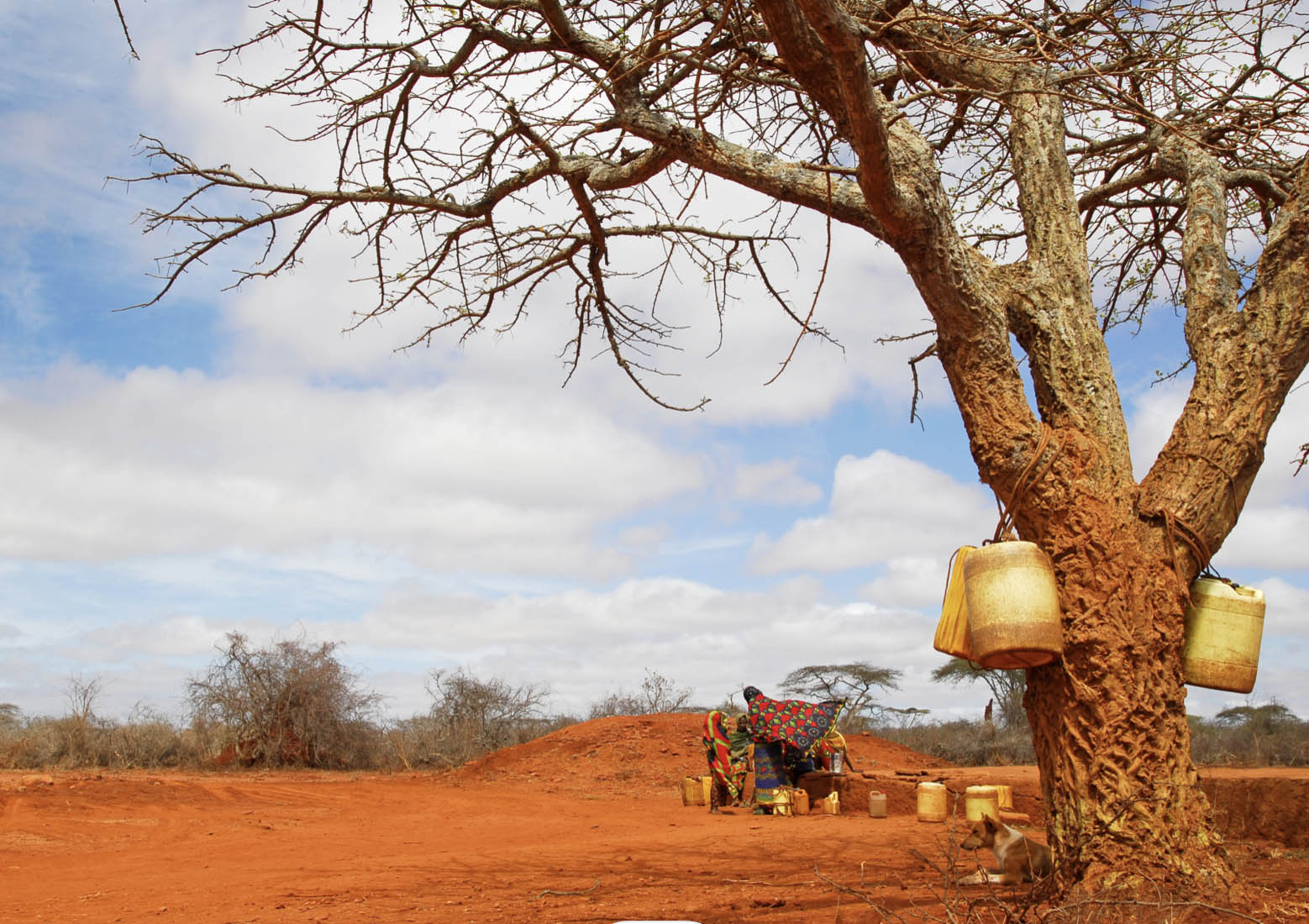
Introduction
Climate change already has and will continue to have drastic impacts on the water cycle, affecting water availability and quality, with devastating consequences for the most vulnerable. Advancing water security by reducing these risks is a fundamental aspect of building climate resilience and supporting adaptation.
An increasing number of global actors in the water sector are working towards climate resilient systems to manage risks from climate shocks, variability and anthropogenic climate change. However, the dominant policy discourse on climate resilience fails to address context-specific climate issues and the distributional impacts of climate events on water security at a human scale. To ensure effective implementation of adaptation actions and reduce the risk of unintended consequences on water security, water policies require more granular analysis and monitoring of ongoing and future climate impacts.
This report explores the relationship between water security, climate and climate adaptation decisions, drawing on research from the REACH Programme conducted in Sub-Saharan Africa and South Asia between 2015 and 2021. This article presents the key messages and findings from the report, and lays out key recommendations to improve the water security of vulnerable water systems and increase resilience to existing and future climate risks.
This article is an abridged version of the original text, which can be downloaded from the right-hand column. Please access the original text for more detail, research purposes, full references, or to quote text.
Inequalities exacerbate the impacts of climate shocks
REACH research demonstrates that weak institutional structures and poor regulation offer little help for those in need. Development initiatives, adaptation and urbanization planning should acknowledge the multiplicity and variety of climate and other shocks on communities.
- Inequalities in climate impacts on water security are context specific, requiring analysis across scales. REACH’s research shows that climate-related impacts on water security are not equal but vary by user and location based on local climate, behaviour of other users, and access to resources to adapt. The report features research from rural and urban areas, and examines how climate shocks force people to abandon their traditional livelihoods often resulting in coping mechanisms that stretch over decades, generations and spaces.
- Within the household, the impact of climate events are strongly gendered. Intersectional vulnerabilities within communities are evident, with women, men and children experiencing vulnerability to climate extremes in different ways. The report explores how climate shocks affect women in particular and reduce empowerment.
- Infrastructure interventions can build climate resilience, but only if carefully planned for equitable outcomes. The impacts of poor climate resilience, through loss of functional water infrastructure, perpetuate water-poverty traps. Research from Bangladesh shows that flooding combined with poorly maintained infrastructure and other water-related stresses can impact household welfare. Two further REACH studies in Bangladesh have highlighted the challenges in building equitable climate adaptations to flood risks.
Water systems have complex vulnerabilities to climate
Understanding the influence of seasonal variability on water security and vulnerability to extreme events can help us assess the impacts of climate change on users. Conventionally, climate impacts have been thought of in terms of implications for water resources, flooding and agriculture. However, REACH research has shown that climate has diverse and complex impacts on drinking water supplies and water quality.
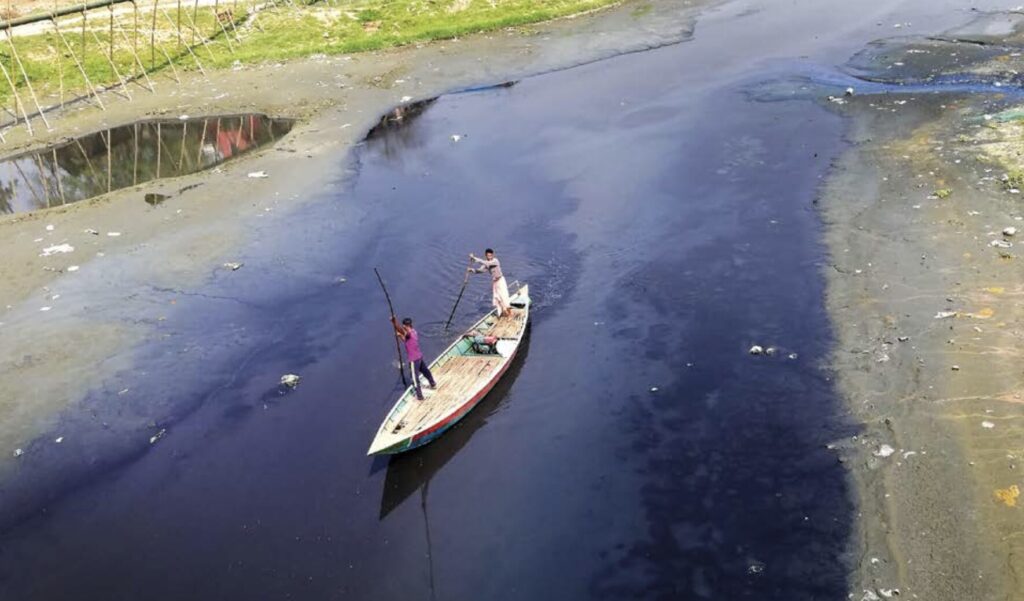
- The impacts of climate on water systems have complex effects on quality and availability of water. REACH research shows that water quality varies in time and space, and that the quality of water supplies is vulnerable to extreme weather events. In low flow periods, lower dilution leads to higher concentration of untreated wastewater. On the other hand, heavy rainfall, flooding events and warmer temperatures increase the risk of faecal contamination of drinking water supplies.
- Groundwater offers resilience, but climate impacts on groundwater systems need to be understood. Providing case studies from Ethiopia and Kenya, REACH argues that improving groundwater access can increase climate resilience – but the mechanisms for recharge, quality, quantity and interactions with surface water need to be sufficiently understood. In North-West Kenya, REACH’s research on the Lodwar Alluvial Aquifer System (LAAS) has supported Turkana County policy and practice, including the Turkana County Climate Change Policy, the Turkana County Integrated Development Plan and the Annual Development Plan. These policies are promoting aquifer protection to ensure the growing water demand can be resilient to climate risks and reduce vulnerability for close to one million people who rely on groundwater in the County.
- Climate change will have severe implications for future water security if unmanaged. Climate change projections show changes to the water cycle that require significant adaptation to prevent impacts on water security. However, data is poor, nationally appropriate climate models are lacking, and policy makers and water managers should be aware of modelling uncertainties when planning for climate change. The report provides in depth examples from Bangladesh and Ethiopia, examining how changes in climate can increase climate shocks, affect freshwater availability and place stresses on the economy.
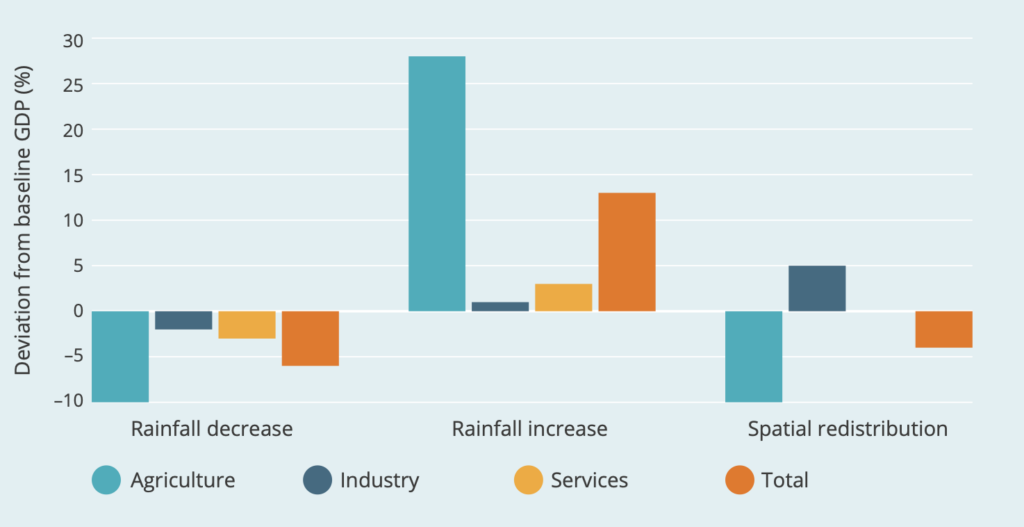
Climate information must be accurate, locally adapted and accessible to water managers
- Climate information needs to accurately represent regional climate. Climate models can reasonably capture large-scale trends in the global climate, but there is lower confidence in their simulation of rainfall and regional climates, particularly in Sub-Saharan Africa. Topography has a strong impact on the local and regional climate but models often fail to represent it effectively. Topography affects low-level jets which have a major influence on regional climate. Munday et al. demonstrate the important role the Turkana Jet plays in water vapour transport (accounting for close to 30% of the total water vapour transport from eastern to central Africa) and hence regional climate.
- Climate information needs to be tailored to the context of the end user. Ensuring decision-makers have access to appropriate climate information requires consideration of user needs and skill, but also to political aspects of information uptake. Engagement with stakeholders in Ethiopia has identified a lack of clarity on how forecasts are created and how they can be applied to suit the needs of the basin development office.
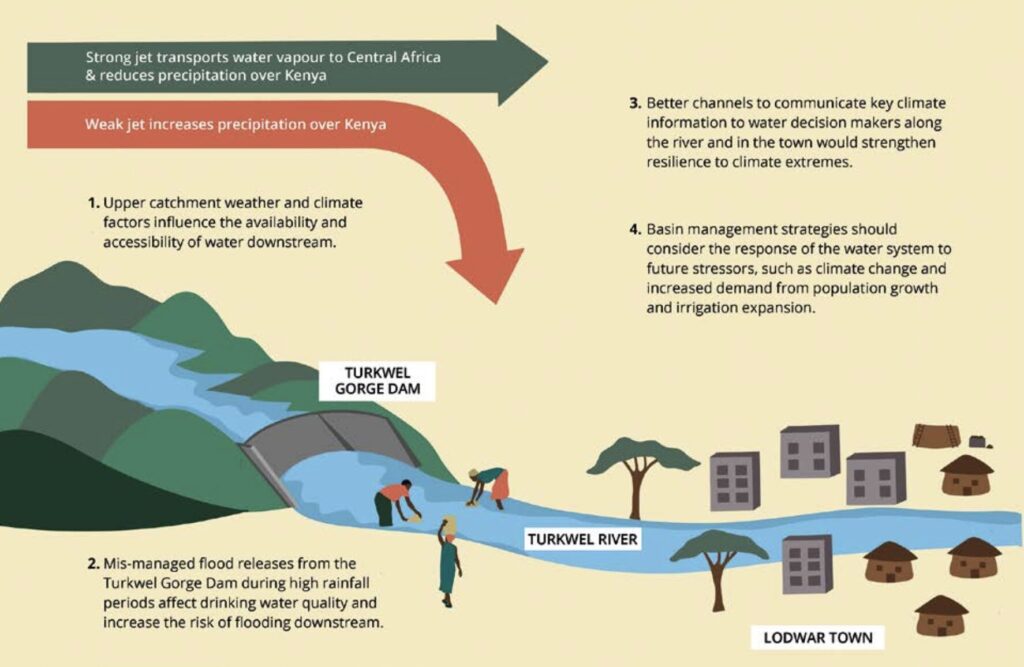
Recommendations: Improving water security to build climate resilience
This section outlines three recommendations to improve water security of vulnerable water systems and thereby increase resilience to existing and future climate risks.
- More accurate and granular analysis of climate risk is needed to make climate information relevant to specific users. Building climate resilience into water systems across scales requires investment to ensure access to climate information that is appropriate for the local context. The cost of providing this information has to be considered in financing plans for the water sector.
- Metrics for monitoring climate resilience in water systems are critical to track progress and inform investments for water security. Climate change threatens the SDG6.1 of achieving universal access to drinking water, however there are no measures in place to track the variability in access to safe water. Increasing temperatures and changing rainfall patterns impact both the quantity and quality of water supplies, often forcing households to use multiple water sources of differing safety and affordability.
- New institutional models that improve water security will be critical for climate resilience. While climate information is necessary to build climate resilience for water security, the institutional processes and practices which determine water policy choices and investment priorities should be informed by a wide set of social and political considerations. REACH has collaborated with government in Bangladesh and Kenya to advance new institutional models to improve water security, which are climate resilient and financially sustainable (see SafePani and FundiFix).
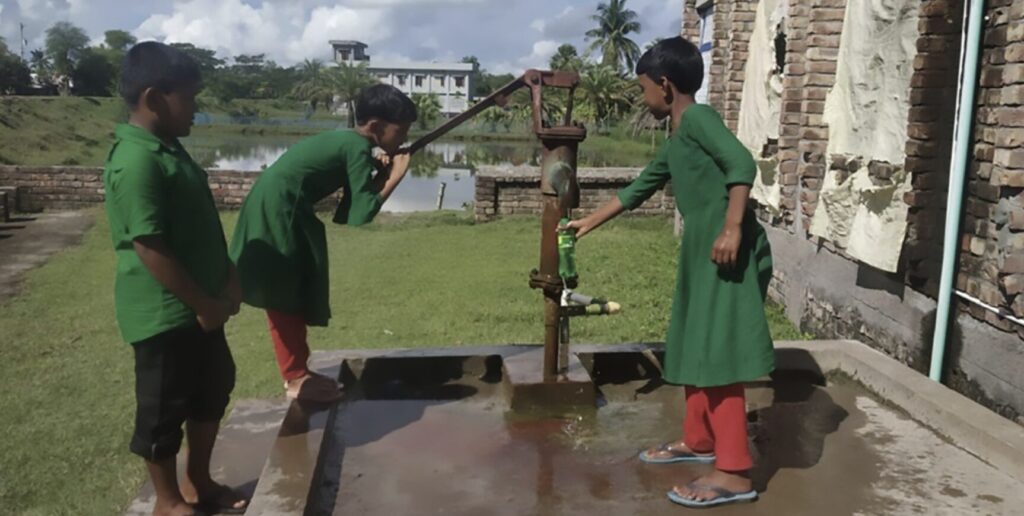
Concluding remarks
Research presented in this report shows that the impacts of climate are experienced unequally between water users and communities in a basin, and that exposure to these risks is a product of how they are managed and financed by governance and institutions.
Improved understanding and translation of climate risks into effective and actionable information will help to build climate resilience in the most vulnerable communities, and therefore fairly and effectively allocate climate risks and responsibilities. These inequalities in experiences of climate risk and the need for investment in climate information to support development of climate resilient institutions highlight the need for a rethink of how we finance climate in the water sector.
Suggested Citation
Murgatroyd, A., Charles, K.J., Chautard, A., Dyer, E., Grasham, C., Hope, R., Hoque, S.F., Korzenevica, M., Munday, C., Alvarez-Sala, J., Dadson, S., Hall, J.W., Kebede, S., Nileshwar, A., Olago, D., Salehin, M., Ward, F., Washington, R., Yeo, D. and Zeleke, G. (2021). Water Security for Climate Resilience Report: A synthesis of research from the Oxford University REACH programme. University of Oxford, UK: REACH.
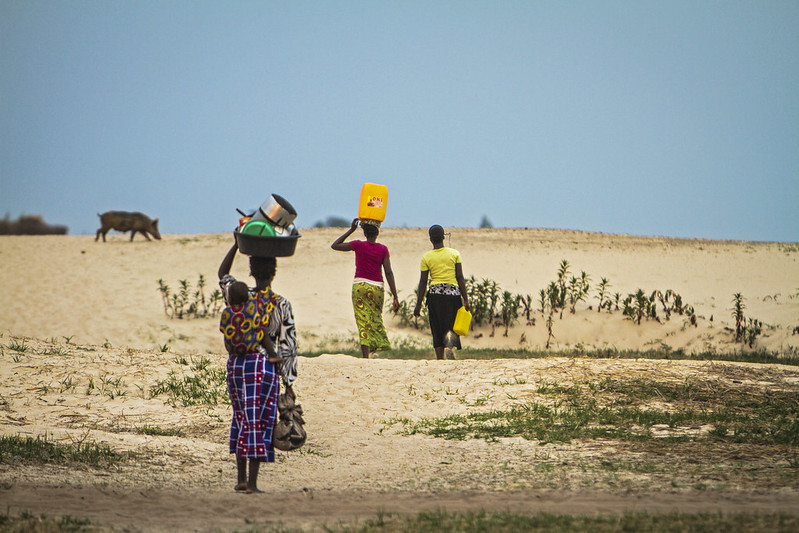
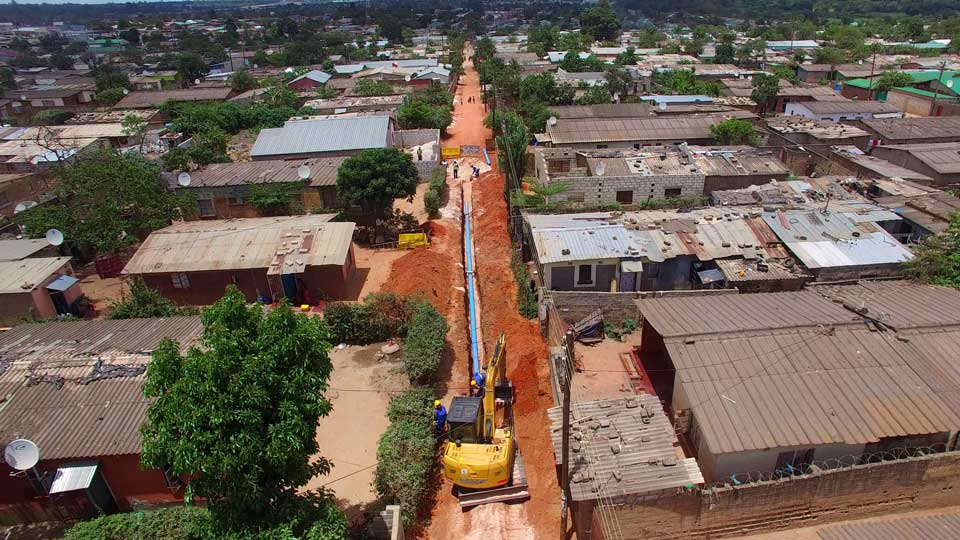
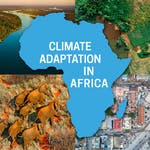
(0) Comments
There is no content